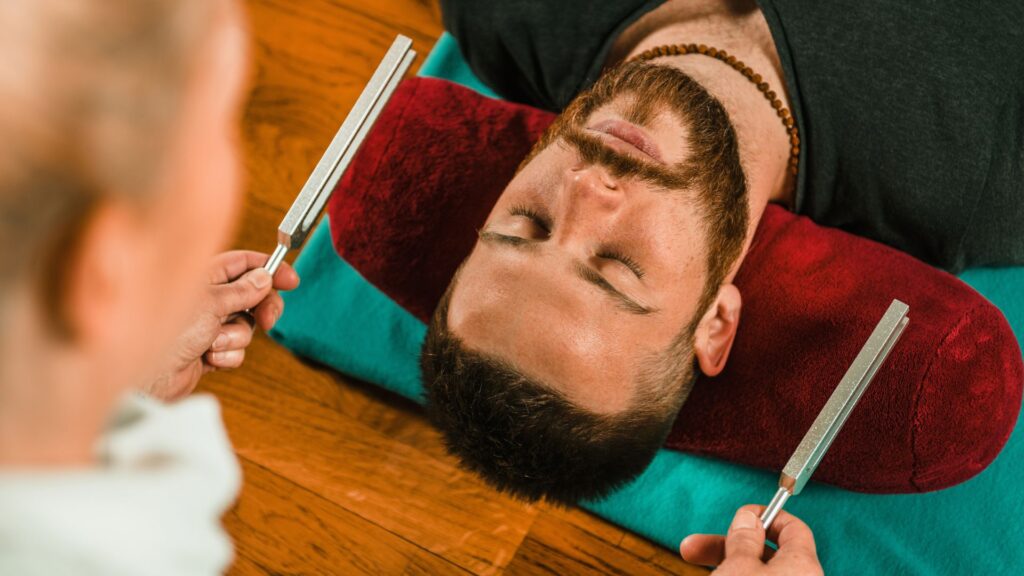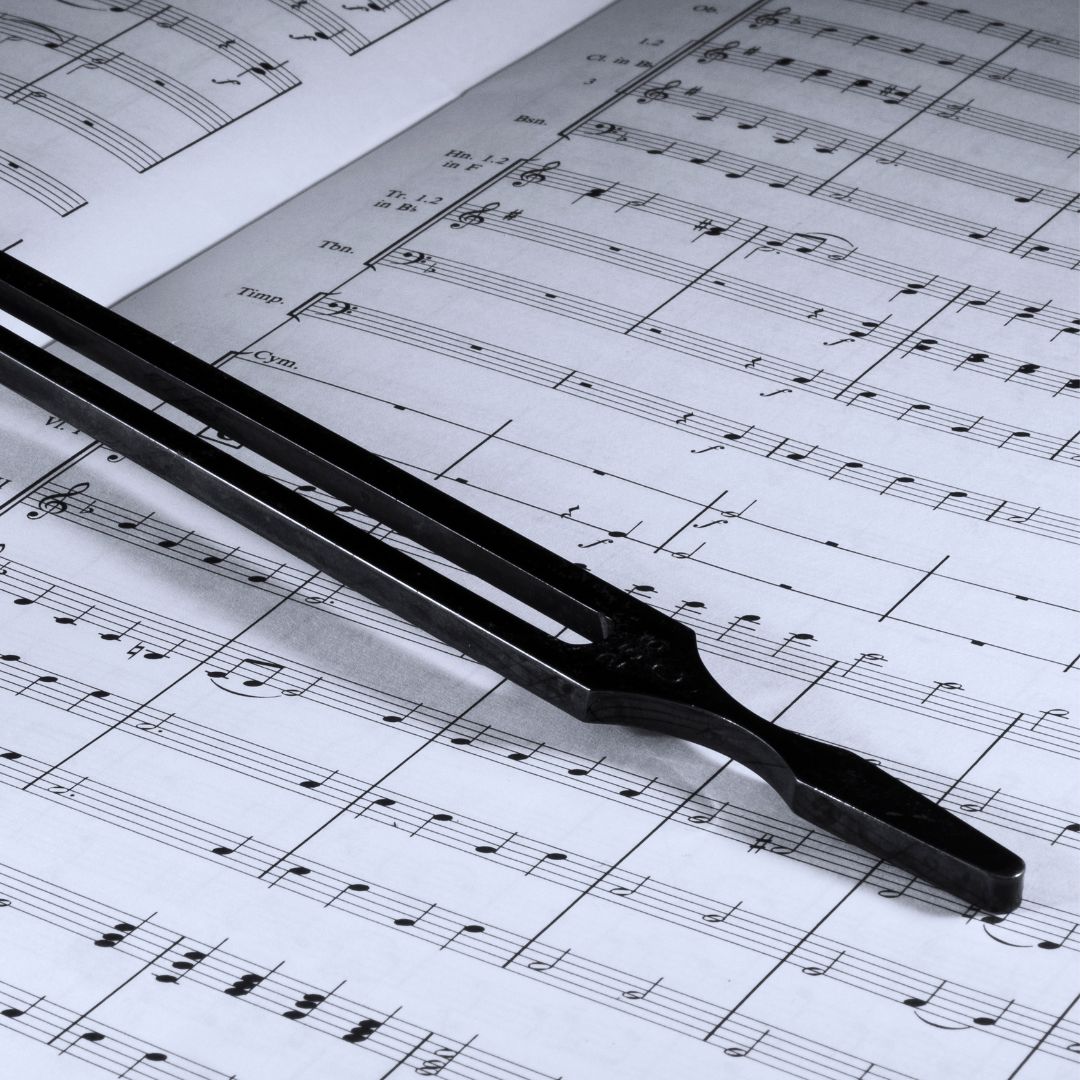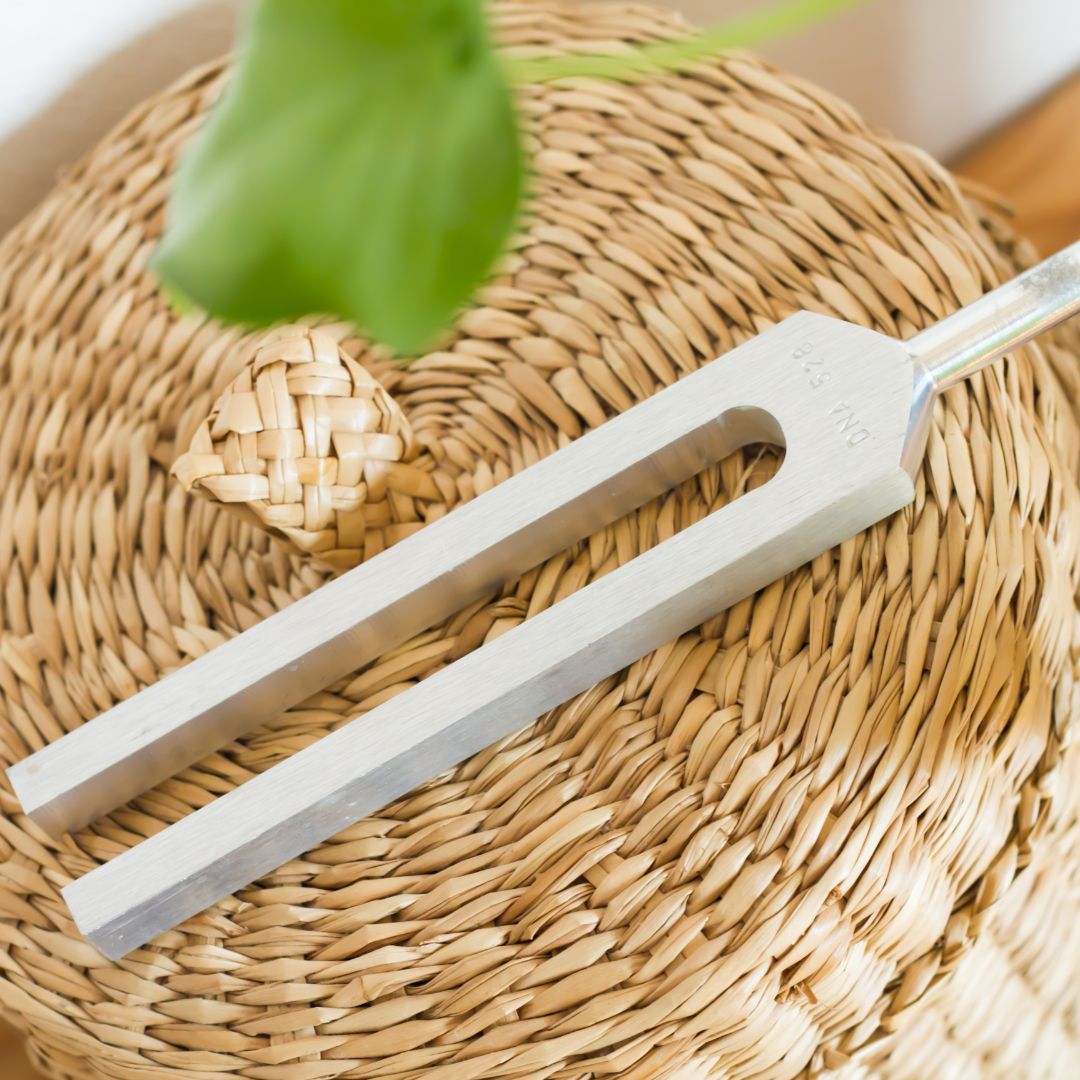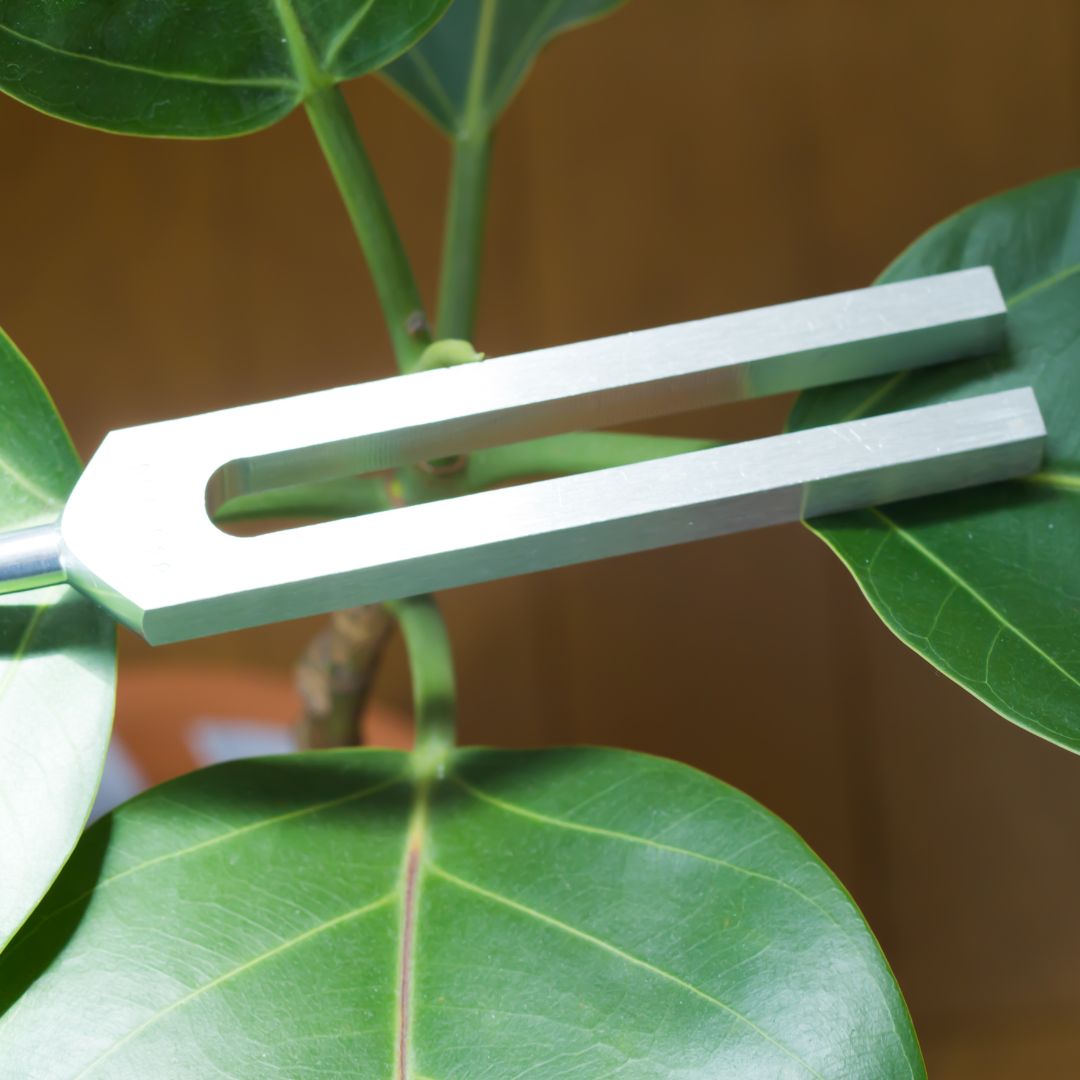The History of Tuning Forks
The History of Tuning Forks
The History of Tuning Forks

Tuning forks look exactly like their name describes — a calibrated metal fork with two prongs that are used to tune a variety of musical instruments like pianos and can even be used in a cappella group to set the pitch. While today many musicians carry an electronic tuning fork, the traditional tuning forks still have a wide variety of applications from musical concerts to even offering advancements in the world of sound therapy.
At Tools for Wellness, we are dedicated to providing a wide selection of products that are designed specifically to promote your overall well-being. Whether you are looking for cognitive enhancement, peak physical or mental performance, consciousness exploration, and expansion, optimal wellness, self-improvement, or simply living smarter, our team has the best products to help you in your wellness journey. In today’s post, we will be covering the history of the tuning fork while exploring its popularity in modern-day healing techniques. Keep reading to learn more or shop our assortment of tuning forks and sound therapy resources today!

Musical Significance
The tuning fork was invented in 1711 by renowned musician, instrument maker, and trumpeter of the English Royal Court, John Shore. Before the days of the tuning forks, musicians had to rely solely on wooden pitch pipes for tuning their instruments — which are far more susceptible to changes in temperature and humidity, creating an unreliable tuning device. The tuning fork, on the other hand, is made of metal and can create a pure tone in a wide range of temperatures and environments making it the most ideal tuning frequency device. This tool allowed composers to play works of art from the greats like Handel, Mozart, and Beethoven, at the frequencies that they were meant to be played at.
With its early invention, the tuning fork helped musicians define both national and eventually international standards for concert pitch (A=440Hz) as well as contributing to the universal equal temperament keyboard tuning system. Shore’s tuning fork is also attributed to the creation of many modern-day musical instruments including the Fender-Rhodes electric piano’s central sound-producing function. While invented primarily for music, the tuning fork has become quite popular amongst the scientific community as well.

The Science Behind Tuning Forks
In the 19th century, scientists became interested in the scientific understanding of the relationship between frequency and perceived pitch, using the tuning fork as their primary experiment method. Every time you strike a tuning fork, the two prongs of the fork (tines) echo vibrations off of air molecules, translating to a gentle hum in your ear. The vibrations are moving so fast at several hundred times per second, making them invisible to the human eye, but our hearing perceives these vibrations as frequencies. The faster the frequency, the higher the pitch.

Tuning Forks For Healing Therapies
Sound waves are used in many healing therapies due to their non-invasive, holistic approaches. The tuning fork, while initially created for musical use, has become a powerful tool in sound therapy and healing, even dating back to Ancient Egyptian times. Tuning forks can be used to create a wide range of frequencies ranging from 64 Hz to 4096 Hz, but the most common frequency for sound therapy is 128 Hz. The frequency of vibrations produced travel through our bodies to help promote relaxation, energy flow, and balance.

The Tuning Fork — A Tool for Wellness
Tuning forks are used in both sound therapy and healing to help treat a variety of conditions like:
- Chronic pain
- Exhaustion
- Hypersensitive nervous system
- Headaches
- Pain caused by physical trauma
- Insomnia or low-quality sleep
- Joint problems
- Cramps
- Digestive problems
If you are curious about how the tuning fork could help your health, explore Tools for Wellness’s wide variety of resources and tuning forks today!
